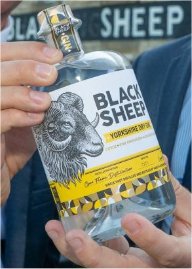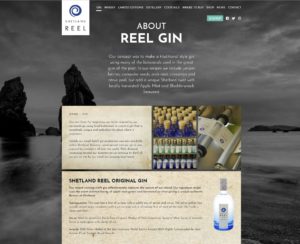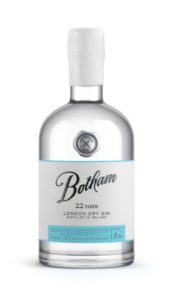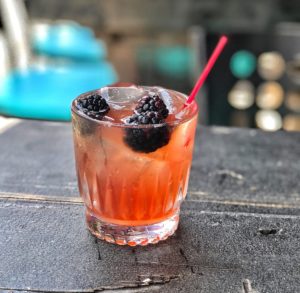History of Rum
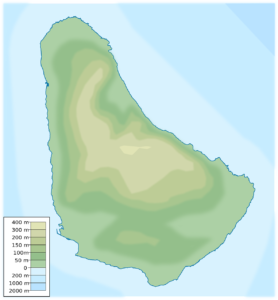
Long considered to be the spirit of choice for salty sea dogs, rum as we know it was discovered in Barbados back in the 17th Century. Slaves that were set to work on sugar plantations found that upon crushing sugar canes, they were left with molasses – a thick, treacle-like syrupy substance. Upon boiling this residue, they discovered that it created a very sweet alcoholic beverage.
The links between rum piracy stem from trade restrictions on sugar between the Caribbean islands and the UK, which allowed privateers to begin a roaring trade in smuggling. The Royal Navy decided to get in on the act, issuing a ration of rum to sailors on a daily basis in what became known as ‘totting up’. Sailors necked this shot neat until the 18th Century, when they began diluting the spirit with water – or sometimes beer! – to create grog. Totting up continued as a Naval tradition until 1970, and is still occasionally observed by senior seamen on special occasions.
So, that covers a brief history of rum – but how is the spirit made? We have thankfully come a long way since the days of the slave trade, and in modern times it’s largely frowned upon to use chemical by-products as a delicious beverage. Despite this, techniques retain more similarities than you may think.
Production of Rum
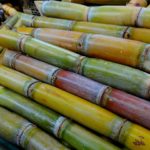
The process still begins with sugar canes being sought and chopped down by skilled, machete-wielding human hands, before they are sent away for crushing. Once this is complete the remnants of the sugar cane are distilled, and the liquid undergoes a fermentation process. How long this takes varies depending on the kind of rum ends up in your tumbler, as rum can be dark or light.
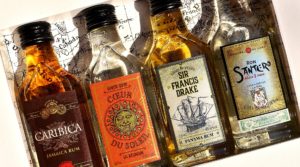
A short fermenting process, which includes the use of a very limited number of congeners (chemicals used in the production of alcoholic drinks to alter the taste), will typically result in a light, white or silver rum. These base drinks are also sometimes laced with rosemary, aniseed, pepper or caramel to create spiced rum. Perhaps the most popular forms of the spirit remain the golden and dark varieties, however, which form the base ingredient of most rum-based cocktails. These rums are left to ferment in a single barrel with an increased number of congeners applied, and typically the longer the process, the darker the rum will be. This is why dark rum tends to taste heavier and sweeter than its white counterpart.
Whilst rum is widely associated with the culture of the Caribbean Islands, it is now produced in quite a few other countries throughout the world including South America, parts of the United States, and indeed, the UK.
Why not try some of our Rum based Fruit Liqueur Recipes
Rum and Fruit Liqueur related recommended products
